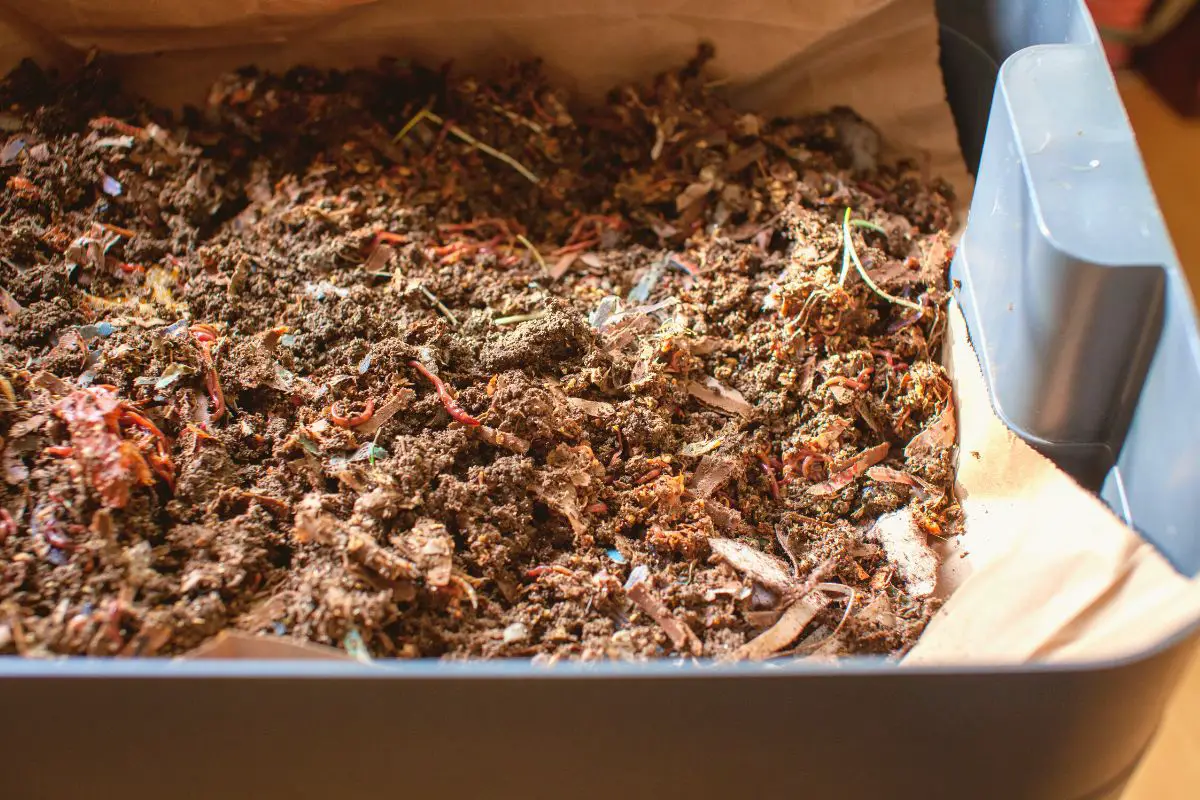How to Use Worm Castings – Your Plant’s Fav Food
I want to introduce you to the world of worm castings. Like any other living thing, no matter how weird, worms also poop when they eat through compost. This poop is the most nutritious thing your plants could have. The best part? It’s 100% natural!
Avid composters, let’s learn how to use worm castings.
Related Articles: Best Bokashi Bucket and Bokashi vs Traditional Compost
What Are Worm Castings?
Simply put, worm castings are worm poop. However, calling it, just worm poop is selling them short because this poop is the most prized thing in a gardener’s home. Yep, I’m serious!
As worms eat through materials and foods, they break down complex nutrients into more effective forms, which are found in their castings. When added to soil, it gives your plants beneficial nutrients, minerals, and vitamins and improves the soil structure and quality.
Well, in the light of the compost bin vs. the worm bin, I’d say the worms are winning. But it is not necessarily either/or! In fact, I use multiple composting methods myself.
Due to these undeniable benefits that they provide, worm castings are often referred to as ‘black gold, and with good reason, I’d say! It is also called vermicast, so the composting with worms is known as vermicomposting.
How to Get Castings and What Does It Look Like?
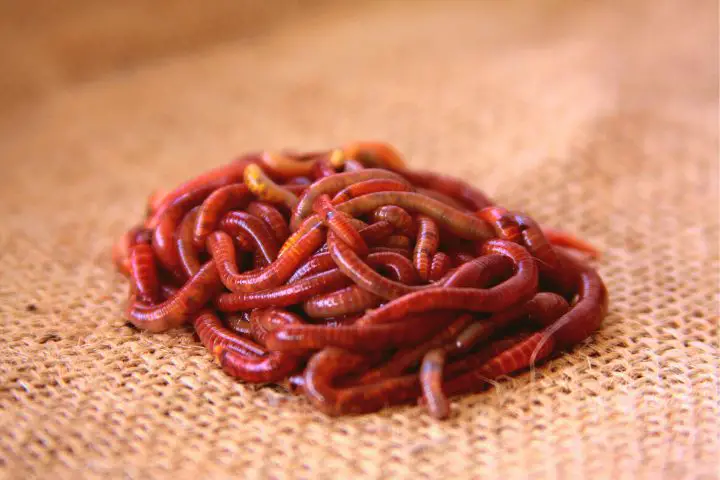
Commercial compost farms supply big farms with worm castings, but smaller gardens usually have a personal worm bin. This is something you can easily do with your own worms. Now, it can be difficult to catch worms, especially if you’re squeamish! You can buy your worms from a worm farm.
All earthworms poop; however, those really specialized, high-tech systems usually like to use a certain species, which is “red wigglers,” or scientifically known as Eisenia fetida. They have a larger appetite and faster metabolism, so they eat more and poop more for your benefit.
Depending on the type and size of the worm farm, composting worms are usually kept in bins, containers, windrows, or large beds. The worms are fed certain food waste and sometimes green waste.
After they have had their share, they start excreting it all, and this is where you strike!
Worm castings are small, dark brown to black dots and oblong. You can compare it to coffee grounds, but without the sharp edges. Well-maintained worm castings are moist but not soggy. If you squeeze it together, it should form a clump that can be easily broken.
Sometimes, you may see bits of food waste or bedding (dry leaves or newspaper/cardboard bits), insects, other worms, and other material mixed with the castings. This is okay and will still benefit your soil and plants; however, it’s best to ensure that most of the material is castings when you put it in the garden.
How to Use Worm Castings in Your Garden
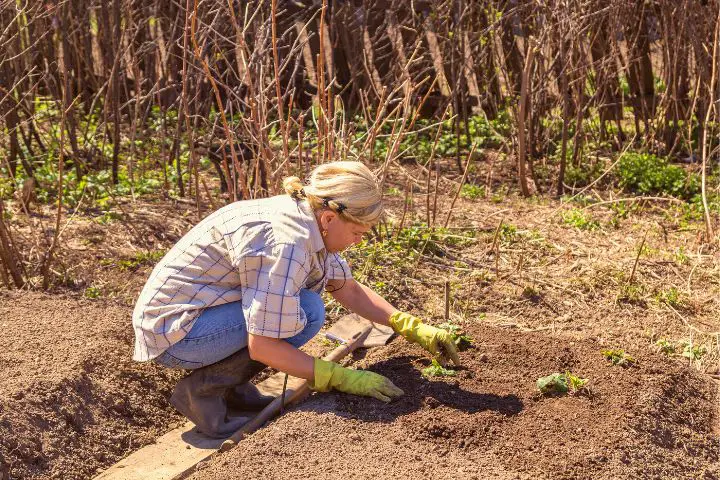
The best way to use worm castings depends on what stage of growth your plant is in.
I will list each stage and how you should apply the castings to them!
Seedlings
The nutrients a seed needs are usually already inside the seed. However, germination is faster in soil that has some vermicompost in it.
So, for your seedlings, only add a pinch of vermicompost/worm castings.
Mature Plants
You should add about 1 to 2 cups of worm castings to ANY mature plants. You can also add a ¼ cup for every 6-inch diameter of your growing place. If you want to use worm castings as a top dressing, simply layer the castings on the surface and push it a little to get the yummy nutrients to the roots of your plants.
In my research, I found that UV light can actually kill beneficial microbes in vermicompost, so you should get it into the soil instead of leaving it on the top.
Transplants
Seedlings transplants don’t need a lot of castings, either. When you are ready to take your little plant babies to the garden, each hole should have about 1 to 2 teaspoons of worm castings. For mature plants, a handful (about 1 cup) of castings for the hole is just enough for healthy roots and to reduce transplant stress.
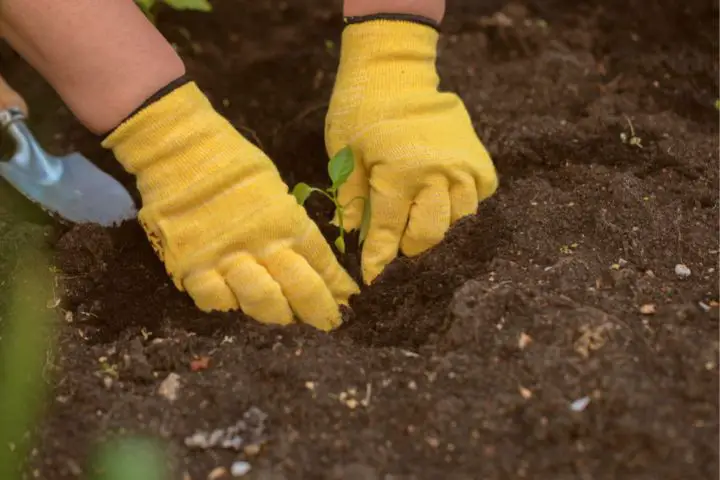
Turf and Lawns
Many avid gardeners advise you to put one pound per square foot, but others say one pound per square foot.
No matter which option you choose there, it’s too much! Instead, you can make something called worm tea (which is not your usual cuppa, of course!).
To make a basic batch of worm tea, you have to soak some vermicompost in water overnight. Grab a compost tea bag, such as an old t-shirt, cheesecloth, or pantyhose, and fill it with some vermicompost. Tie it off and soak the bag in a bucket of water. Let it sit overnight.
In the morning, the water should be light brown. You should spray your lawn, turf, or garden first thing in the morning because the beneficial microbes in the worm tea will start to die off. You can remove the worm compost bag and empty it into your garden or compost pile.
Benefits of Worm Castings in the Garden
Worm castings can do wonders in the garden. Unlike grubs in your compost, which can do some damage, worms are pretty neat when it comes to keeping your garden 100% organic!
Let’s have a look at their benefits.
Yummy Plant Food
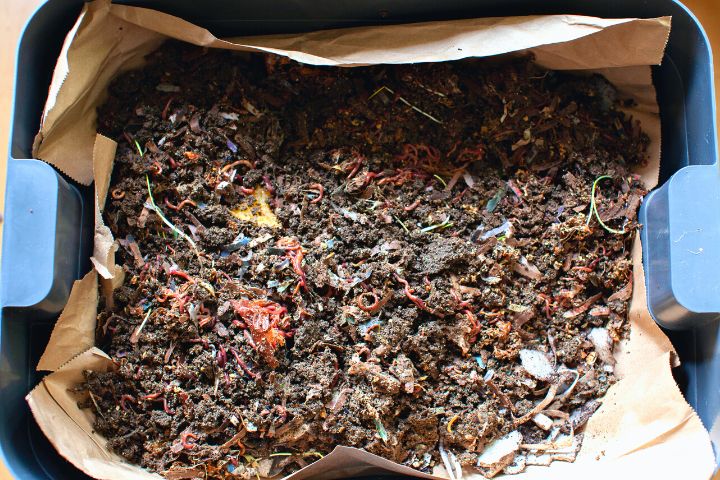
Worm castings’ chemical composition contains a wide variety of enzymes, bacteria, plant matter, broken-down animal manure, or whatever else you have in your compost. This makes the castings super nutritious, with more than 50% of humus (broken down plant matter and leaves) compared to normal topsoil.
Worm castings also contain many beneficial microbes. Like our digestive systems, the earthworm’s tiny digestive system also contains many enzymes, hormones, and microorganisms. These microbes help the breakdown of organic matter as they do their business.
When it is, ahem, pooped out, the thousands of microbes come with it. So, your plants get exactly what they need to grow big and strong. Plus, worm castings contain 5 times the amount of phosphorus and potassium and 7 times the amount of nitrogen compared to topsoil.
Easy to Use and Does Not Harm the Plant
Worm castings can be used as soon as you take them out. It also does not burn the plants due to the amount of nitrogen, like animal manure or chemical fertilizers.
I did say above that worm castings contain much more nitrogen than topsoil, but it is in a slow-release form. Be ready; I’m going to say something gross! The castings are covered by a special mucus made by the worm as they digest compost. This releases the nitrogen slower.
However, you shouldn’t go crazy with adding worm castings as well. Make sure only to add the required amount.
Better Water Retention
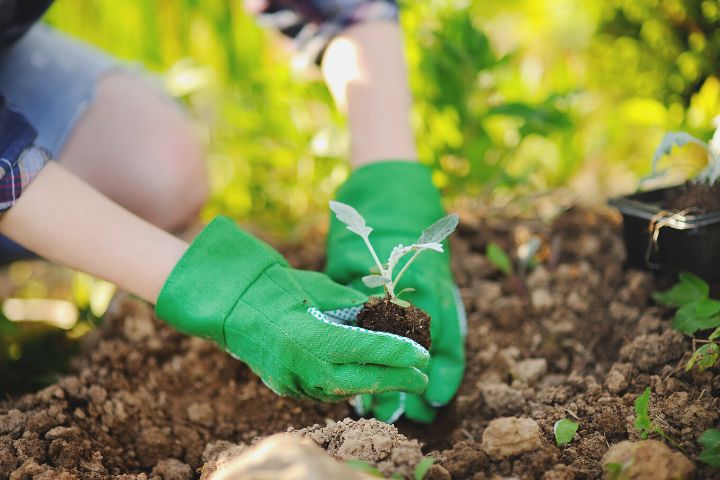
The texture of worm castings + soil helps your plants hold moisture. Castings form something called mineral clusters, which can withstand compaction and water erosion while improving water retention. This reduces the risk of root rot, and you don’t have to panic if you forget to do your watering!
Keeps the Pests Away
Worm castings naturally repel pests, even better than pesticides.
This is due to the worm’s digestive system, which makes a special enzyme called chitinase. The enzyme breaks down chitin, which is usually the substance making the exoskeletons of the common pests that fly and climb around your garden.
Worm castings prevent sucking and chewing insects such as hard-shelled plant bugs, aphids, and whiteflies. If an insect chews on the leaves of a plant that has absorbed the castings, then it will ultimately meet its end.
Sorry, little bug!
Protects your Plant
Since there are several processes in vermicomposting, fewer pathogens are found in the castings than in normal compost. Scientists are still at work to figure out exactly the processes and mechanisms, but for now, we’ll take what we can get!
These worms feed on aerobic bacteria and fungi and extract toxins, which are definitely harmful to your plant. However, they do not survive the low oxygen levels in the worm’s digestive system. Also, worm castings do not cause a lot of heat, which allows protector microorganisms to survive and shield your plants from diseases.

Stabilizing pH Levels
Worm castings are very stable, although they contain many microbes and other nutrients. Their pH levels are 6.9 to 7. This is considered neutral and will help your plants grow in acidic or alkaline soil.
The castings help the plants absorb the nutrients, which they usually can’t do in soil with too high or too low pH levels.
100% Safe, Clean and Odorless
The bacteria in the stomach of the earthworm converts organic waste into natural fertilizer, i.e., the castings. This chemical change is deodorizing and makes the worm castings neutral, which means that the poop is actually clean and odorless. Crazy right?
Apparently, it smells like a forest after rain.
Frequently Asked Questions
Are worm castings better than compost?
Both compost and worm castings have beneficial nutrients for protecting your plants from diseases and improving the soil without burning the plants like chemical fertilizers. However, the marked difference between the two is the time your plant takes to absorb the nutrients.
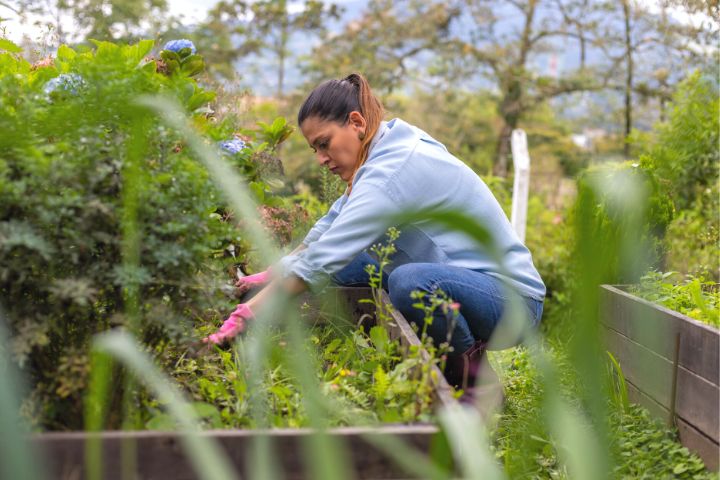
Worms have already digested the food waste, so the absorption of the nutrients is instant when applied to plants. Regular compost takes some time to decompose before your plants actually get some nutrients.
How to store worm castings?
You should store your worm castings at a temperature of 60 to 80 degrees Fahrenheit and inside a bag or bucket with a lid. Avoid using a bucket with a gasket, as that’s too airtight. However, if you do have no other option, you can drill holes around the top. This allows air to get into the bucket so the microbes can survive.
Worm castings can last up to 6 months or longer with proper storage. You should never freeze them, as it will kill most of the beneficial microbes while the rest will go dormant.
Are worm castings toxic to pets?
Worm castings do not contain harmful chemicals and are 100% non-toxic. Since they do not contribute to soil damage or water contamination that chemical fertilizers cause, so, if your pet eats them, they will not harm them. I don’t recommend you to let them eat it, though!

